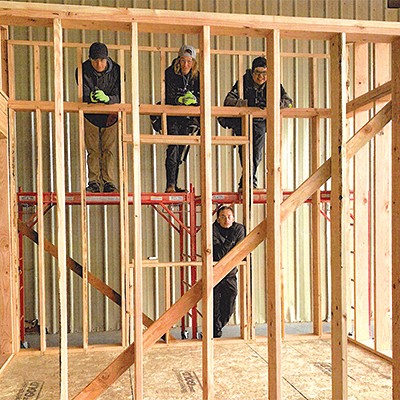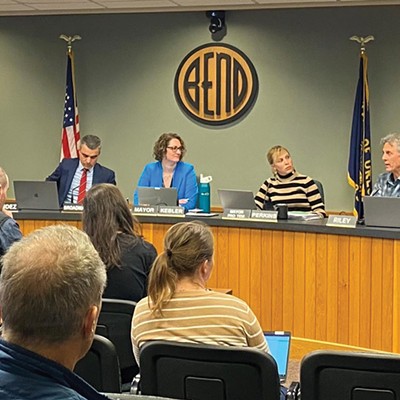It was a pet owner’s nightmare. Jack Williamson of West Linn was walking on a trail along the Metolius River near the Wizard Falls fish hatchery with Kieri, his 8-year-old Wheaton terrier, when the dog was caught in a body-crushing otter trap less than two feet off the trail.
Kieri survived, but suffered injuries that included pulmonary edema and a broken vertebra that required surgery to fix. All told, the dog racked up about $16,000 in vet bills.
Kieri is far from the only pet to endure such an experience. According to the Oregon Department of Fish and Wildlife, half a dozen dogs were injured by traps in the Bend area alone during the last winter trapping season; one died after being caught in the same type of trap that almost killed Kieri.
Kieri’s close call inspired Williamson to launch an effort to reform the state’s regulations on trapping. He’s started an online petition and hopes to collect 35,000 signatures to present to ODFW when it meets in early June to consider revisions to the trapping rules.
Besides Williamson, a slew of groups including the Humane Society of the United States, the Audubon Society and the Sierra Club are supporting reform of Oregon’s trapping rules. The changes they want are fair and reasonable. They include:
No traps to be set within 100 feet of a trail, campground or other public facility,
Traps to be checked daily, and
All traps to be marked with warning signs as well as contact information for their owners.
Trapping of certain species on the trapper’s own land would be exempt from these rules.
Oregon’s present trapping regulations reflect the values of an earlier era when the state was much less urbanized and trapping was more central to its economy and way of life. Today there are fewer than 800 licensed trappers in the whole state, and as the state’s population and its tourism numbers grow, more people are venturing into areas where they and their pets risk a frightening – and potentially fatal – encounter with a trap. Oregonians today also are more concerned about “non-target” wildlife species being inadvertently trapped and killed, as well as the inhumanity of letting trapped animals suffer for days before the trapper comes to put them out of their misery.
The changes backed by the Humane Society and other groups will bring Oregon trapping regulations more into line with those of other states as well as with contemporary realities. In the words of Oregon Humane Society official Scott Beckstead, they reflect “the wishes of the majority of Oregonians who want the state’s trapping regulations brought into alignment with our values of compassion for animals and respect for public safety.”
The Department of Fish and Wildlife has resisted reforming the rules on trapping for too long. Here’s hoping that when it meets next month it will adopt the reforms proposed by the Humane Society and others, bring its regulations out of the 19th century and into the 21st and give THE BOOT to archaic, irresponsible, inhumane and dangerous trapping practices.


























